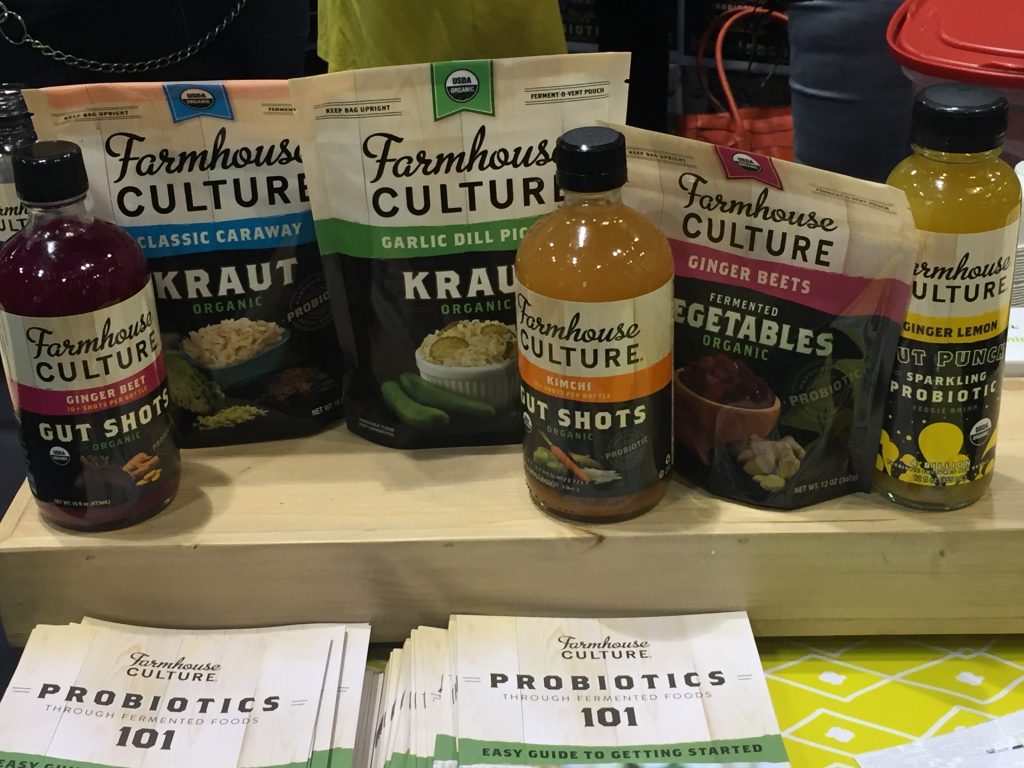
I’m just back from my vacation to Europe and FELL IN LOVE with sardines! They’re a staple food particularly in Portugal. I feasted on grilled, fresh, large sardines as well as the smaller, canned ones known as “conservas.” Honestly, I probably ate sardines at every other meal.
Portugal has a rich history of sardine fishing and canning along the coastal communities. Hundreds of decorated canned sardines could be found at the Mercado do Bolhão (market) in Porto (see photo above). And in Lisbon, we visited a store called “Fantastic World of Portuguese Sardines” dedicated solely to various flavours of the canned delicacies.
When I returned home, I looked up the nutritional profile of sardines and was wowed by what I found!
Protein
I knew that sardines contained protein, but what surprised me just how much! A small tin, about 100 grams of canned sardines in olive oil contains up to 25 grams of complete protein. That’s the same amount found in a similar serving of meat, fish or chicken.
Calcium
Believe it or not, there can be up to 30% of your days’ worth of calcium in a 100 g serving of canned sardines. The catch (pardon the pun!) is that you have to eat the tiny, soft bones (as is the case with canned salmon). If you skip the bones or buy boneless sardines, the calcium content is only about 10% of the Daily Value.
Vitamin D
Not many foods naturally contain vitamin D. Sardines are an excellent source of vitamin D, so stock up over the winter months when we can’t make enough vitamin D from the sun!
Omega-3 fats
Salmon is often the poster child for omega-3 fats, but sardines are another top source of these heart healthy fats. Omega-3 fats are good for the heart and good for the brain.
Selenium
Selenium is a mineral that acts as an antioxidant to help protect against different diseases like cancer and heart disease. The amount of selenium varies from brand to brand of sardines, and can be as high at 100% of the Daily Value.
And more!
Sardines also contains vitamin B12, potassium, iron, choline and zinc. Since there can be added salt, check the Nutrition Facts table for the sodium content. At less than $3 per package, take the opportunity to enjoy this nutrition powerhouse in a salad, on toast or in a pasta dish!
 Are you getting enough protein at breakfast?
Are you getting enough protein at breakfast? During the winter, we often face a dip in temperatures, wind chill and a lack of sunshine. To stay healthy and happy, try adding these nutrients and foods to your plate.
During the winter, we often face a dip in temperatures, wind chill and a lack of sunshine. To stay healthy and happy, try adding these nutrients and foods to your plate.




























